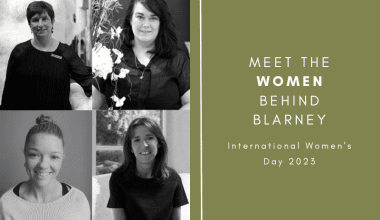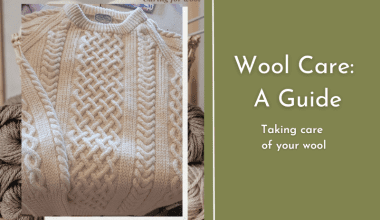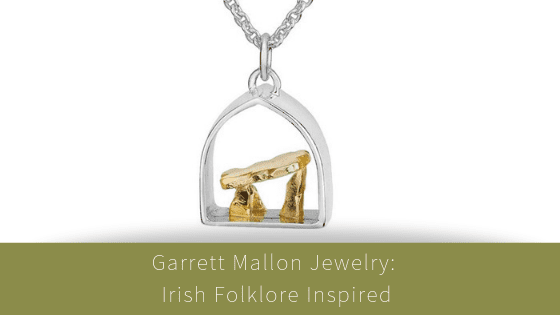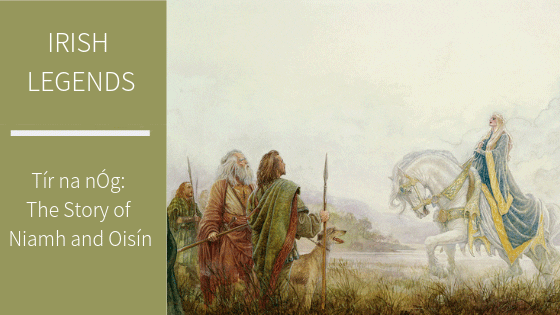Visiting Cork: A Guide
Visit vibrant Cork City in southern Ireland, renowned for its lively atmosphere, rich cultural heritage, and stunning natural beauty. Explore a diverse array of attractions and activities. Here are just a few highlights.
Blarney Woollen Mills
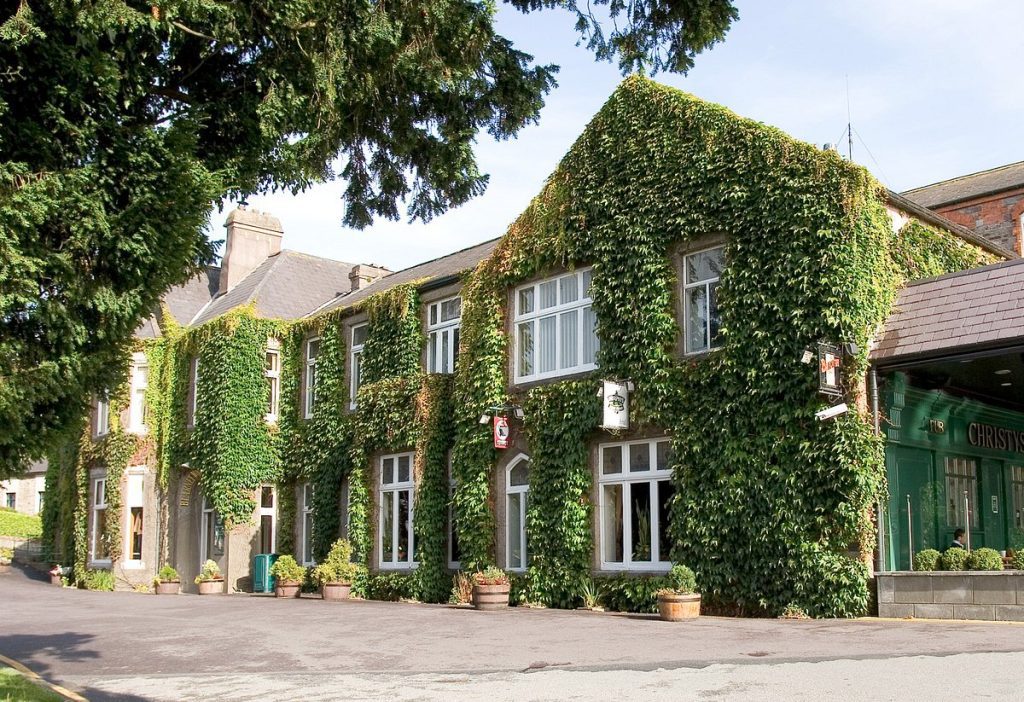
Blarney Castle
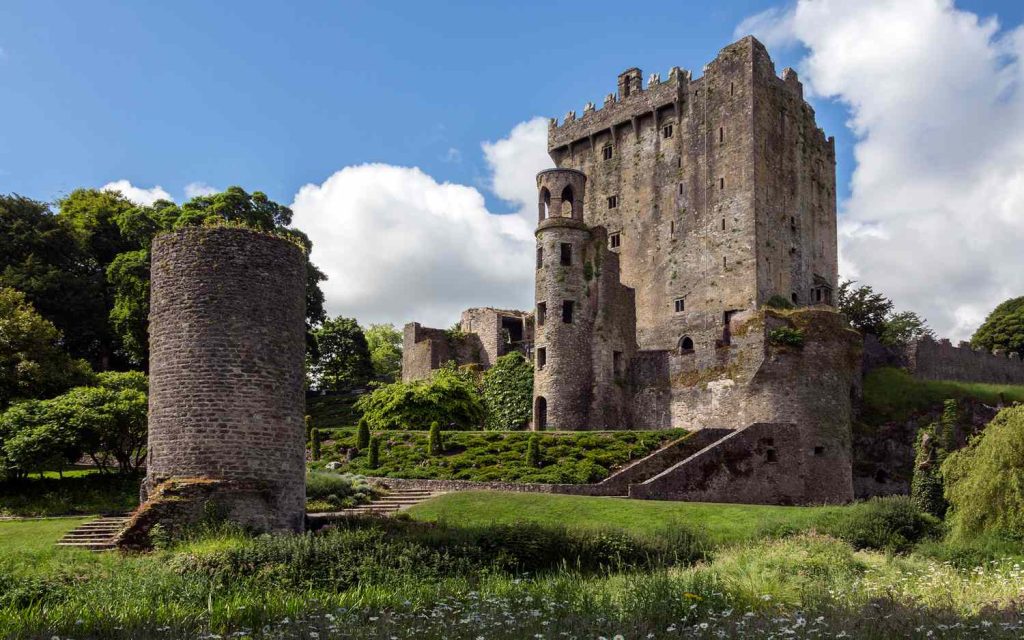
Cork City
Elizabeth Fort
Elizabeth Fort, situated on Barracks Street in Cork City, has a storied history dating back to the 1690s siege of Cork. Subsequently, it functioned as an army barracks and a convict depot for transportation. It also served as an RIC (Police) station and a food depot during the Great Famine. Today, visitors can explore the fort’s walls, which are open to the public.
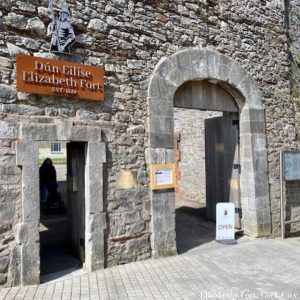
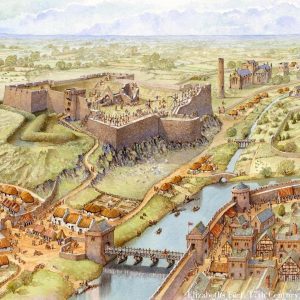
The English Market

Cork City Gaol
The Gaol, designed in the early 1800s to replace the old gaol at the North Gate Bridge, which was nearly 100 years old, overcrowded, and unhygienic, began construction in 1818. Architect William Robertson designed it, and the Deanes built it. When the prison opened in 1824, it earned acclaim as “the finest in three kingdoms.” Radio Eireann used the building to broadcast Cork’s first radio station from the late 1920s to the 1950s. In 1993, Cork City Gaol became a visitor attraction, showcasing the harshness of the 19th-century penal system, which imprisoned people for crimes like stealing bread, drunkenness, or using obscene language.
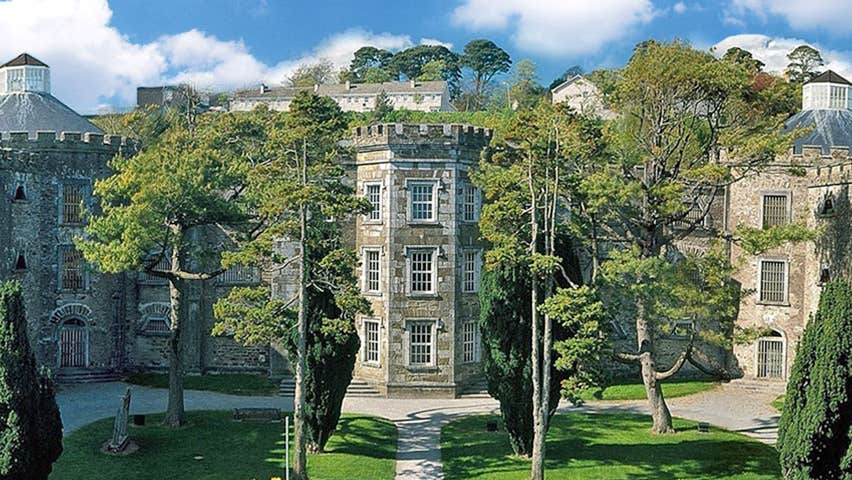
Kinsale
Kinsale is a town located in County Cork, Ireland. It is a popular tourist destination known for its scenic harbor, colorful buildings, and rich history. Kinsale is also renowned for its culinary scene, with numerous award-winning restaurants and cafes serving local seafood and produce.
Kinsale is also well-known for its outdoor activities, including sailing, fishing, and golfing. The town is situated on the Wild Atlantic Way, a scenic driving route that stretches along the western coast of Ireland, making it a popular stop for visitors exploring the region.
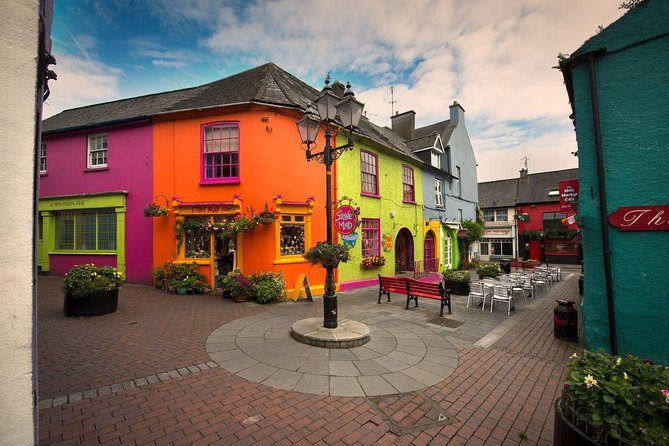
Charles Fort
Cobh
Spike Island
Spike Island was used as an isolated prison on four separate occasions over 400 years. The first was in the 1600’s holding Cromwellian prisoners. The second was in the 1840’s, with Spike Island becoming the largest prison in the world, and there has never been a larger prison in Britain or Ireland before or since. The third opened in 1921 and it held over 1200 Irish Republican prisoners during the Irish War of Independence. The final prison on Spike Island opened in 1985, and only closed in 2004.
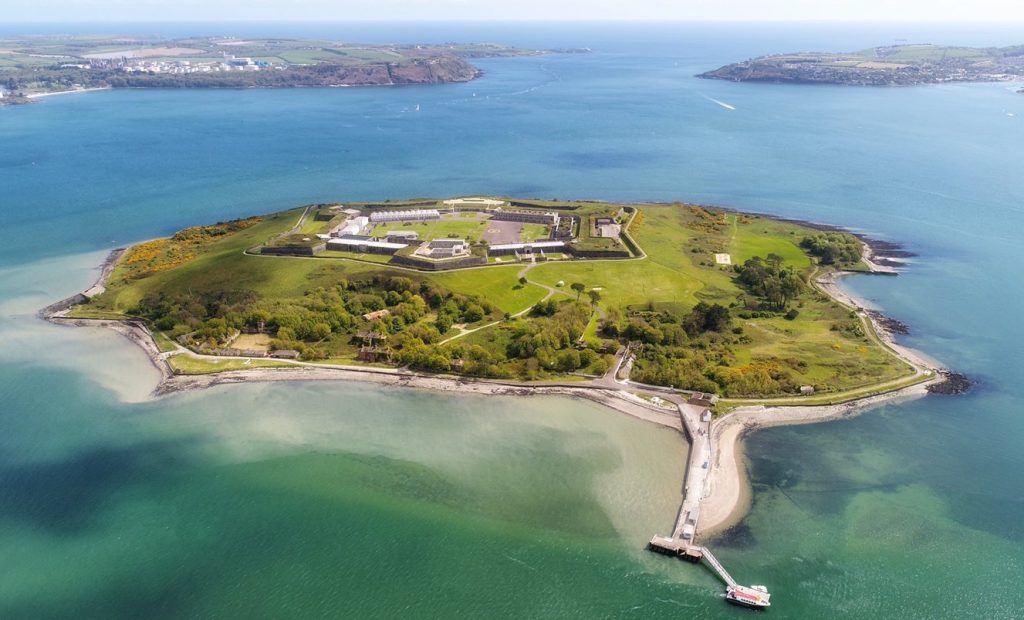
Titanic Experience
On April 11th 1912, 123 passengers came to the busy harbor town of Queenstown (now known as Cobh), to board Titanic bound for New York. Four days later they would find themselves fighting for their lives in one of the world’s most tragic maritime disasters. With knowledgeable guides and immersive audio visual displays, we will take you on a unique and emotive journey back in time.
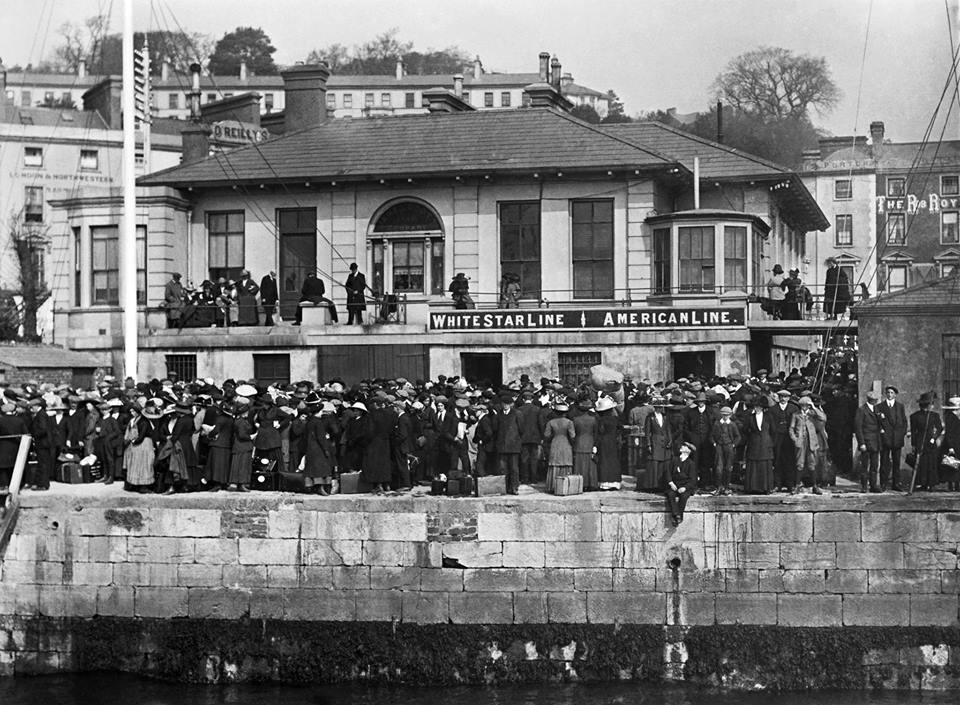
Quickfire list:
- Saint Fin Barre’s Cathedral: This stunning cathedral is one of Cork’s most iconic landmarks and features intricate carvings and stained glass windows.
- Cork City Walking Tour: Take a guided walking tour of the city to learn about its history and architecture. You can also opt for a food tour to sample some of the local cuisine.
- Cork City Museums: There are several museums in Cork City, including the Cork City Museum, the Crawford Art Gallery, and the Butter Museum, which all offer fascinating insights into the city’s history and culture.
- Cork City Parks: The city has several parks that are perfect for a relaxing stroll or a picnic, including Fitzgerald Park, Bishop Lucey Park, and the Ballincollig Regional Park.
- Cork City Festivals: Throughout the year, Cork City hosts a range of festivals and events, including the Cork Jazz Festival, the Cork International Film Festival, and the Cork Midsummer Festival.
- The Wild Atlantic Way: This scenic driving route stretches along the west coast of Ireland, including Cork County. Along the way, you can enjoy breathtaking coastal views, charming towns, and outdoor activities such as surfing and hiking.
- West Cork: This region of Cork County is known for its stunning coastal scenery, charming villages, and artisan food producers. Highlights include the town of Skibbereen, the Beara Peninsula, and the Sheep’s Head Way walking trail.
- Fota Wildlife Park: This wildlife park near Cork City is home to over 70 species of animals, including cheetahs, giraffes, and rhinos.
Cork City & County offer something for everyone—outdoor activities, history, culture, and charming seaside relaxation!




